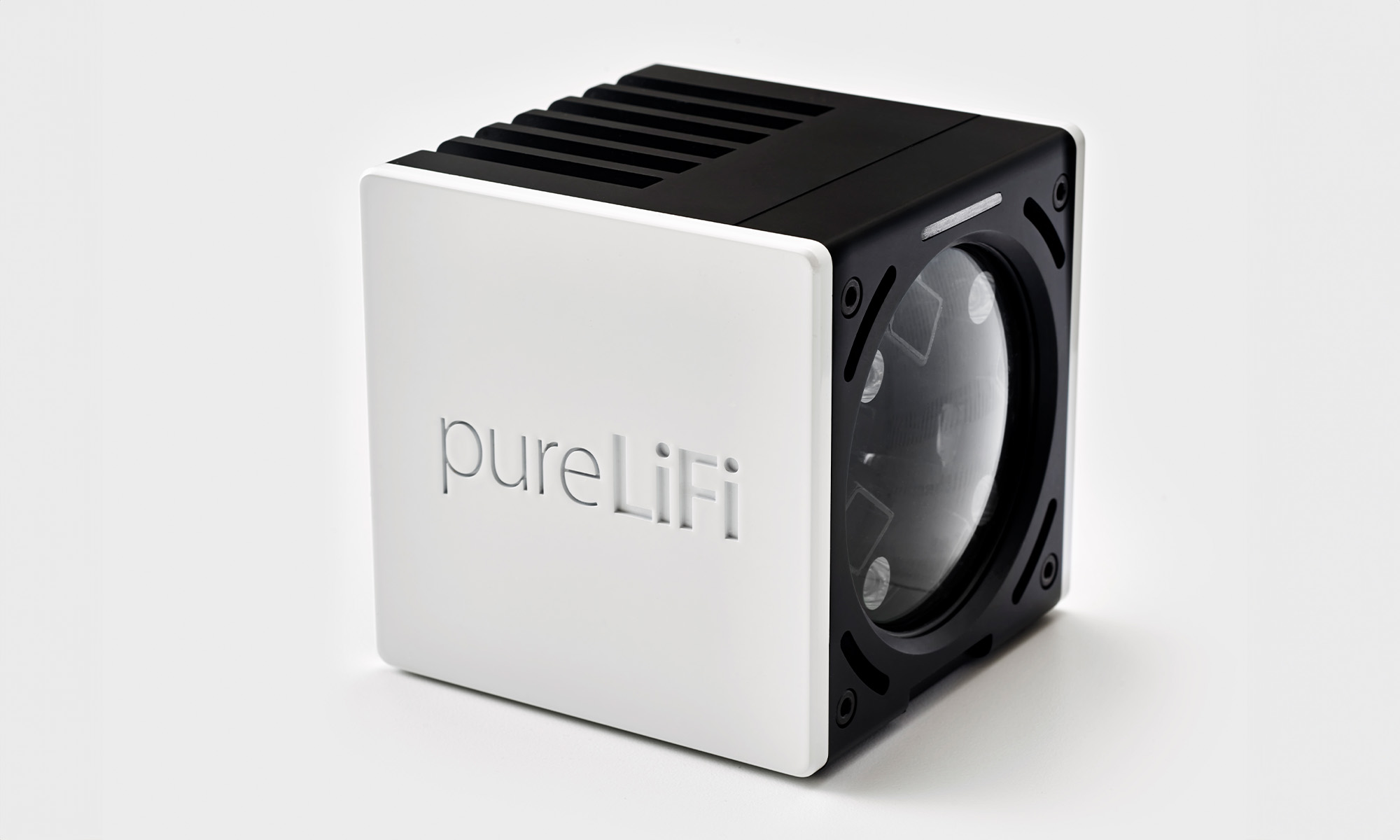News
Meet LiFi: The New Tech Delivering High-Speed Internet Using Light
The cutting-edge innovation offers low latency, stable streaming, and doesn’t force users to compromise with bandwidth.

Looking for faster internet than Wi-Fi? Enter LiFi, a groundbreaking technology launched by pureLiFi, a UK-based company, at the Mobile World Congress (MWC 2024) in Barcelona. This innovative approach to wireless communication utilizes light, offering users low latency and congestion-free experiences for gaming, video conferencing, and media streaming.
Unlike traditional methods like Wi-Fi and 5G, LiFi transmits data wirelessly through light, circumventing common issues such as buffering and signal vulnerability. Ron Schaeffer, pureLiFi’s chief strategy officer, highlighted LiFi’s ease of use and lack of congestion compared to traditional Wi-Fi.
“Just like Wi-Fi access points people have, it is also a plug-and-play. People can plug into a network, and within a few seconds, you have LiFi,” explained Schaeffer.

“Importantly, it is not subject to congestion like Wi-Fi is. Everyone who would be connected to LiFi will have full bandwidth. For instance, if you are watching a video, someone is on a video call and another person is playing a VR game, you all are competing for Wi-Fi bandwidth. With LiFi, everyone has their own bandwidth. You can take off the Wi-Fi network and put it onto LiFi; the internet experience also improves because it is less congested. So, we say LiFi makes Wi-Fi better,” the Chief Strategy Officer added.
LiFi boasts impressive capabilities, transmitting and receiving 1GB of data per second in each direction, covering an area of up to 50 square meters. Its inherent security benefits, stemming from its inability to pass through walls, make it particularly interesting to security-conscious users.
Also Read: Getting Started With Google Gemini: A Beginner’s Guide
pureLiFi plans to collaborate with telecom providers to deploy its devices in homes and offices. Schaeffer emphasized the company’s potential to revolutionize internet connectivity, citing its vast spectrum availability compared to radio frequencies.
Alistair Banham, CEO of pureLiFi, expressed excitement about LiFi’s ability to address current and future connectivity challenges, including the release of light antennas for various devices: “LiFi is now ready to augment and extend other wireless technologies ushering in a new era of bandwidth, speed and reliable communications,” he said.
News
Mamo Completes $3.4M Funding Round To Enhance Fintech Services
The startup will use the influx of cash to expand into Saudi Arabia and across the wider GCC while improving its product offering.

UAE-based fintech Mamo has announced the completion of a $3.4 million funding round that will help the startup extend its market presence and improve its product offering. Investors included 4DX Ventures, the Dubai Future District Fund and Cyfr Capital.
Mamo’s platform offers “payment collection, corporate cards and expense management” to help small and medium-sized businesses consolidate and streamline their operations. With the latest influx of capital, Mamo will further develop its comprehensive suite of services and begin testing its product lines in Saudi Arabia, further extending its footprint across the GCC.
Imad Gharazeddine, co-founder and CEO of Mamo, stated: “We’ve been in the market for a while now and are incredibly proud of what our team has achieved. The holistic and expansive nature of our product offering has helped us continue to grow sustainably. This additional funding will allow us to reach our medium-term goals even faster. The support from new and existing investors is a testament to our strong expertise and the ability to deliver on our customer promise”.
Daniel Marlo, General Partner of lead investor 4DX Ventures, added: “We have immense trust in Imad’s vision, leadership and Mamo’s innovative approach to provide a user-friendly and comprehensive financial solution for SMEs that makes financial management more accessible and efficient. We are proud to partner with them and support their mission”.
Also Read: A Guide To Digital Payment Methods In The Middle East
Amer Fatayer, Managing Director of Dubai Future District Fund’s investment team, also commented: “Mamo’s localized product lines serve as an infrastructure for SME payments and spend management in UAE, a segment that is underserved by the country’s current banking infrastructure. The team has taken a product-first approach to consolidating SMEs’ financial journeys and building a fintech solution deeply embedded in a business’s core operations”.
To date, Mamo has raised around $13 million in investment funding and now boasts a team of 30 people. The company’s intuitive financial services platform has allowed over 1,000 businesses to consolidate their financial operations and significantly reduce payment fees.
-

 News4 weeks ago
News4 weeks agoAmazon Prime Day 2024: Get Ready For 6 Days Of Amazing Deals
-

 News4 weeks ago
News4 weeks agoSamsung Unpacked 2024: What To Expect From The July 10 Event
-

 News4 weeks ago
News4 weeks agoCoursera Report Shows Surge In UAE Interest In AI Upskilling
-

 News4 weeks ago
News4 weeks agoMeet Dubai’s Groundbreaking Smart Robot Delivery Assistant
















